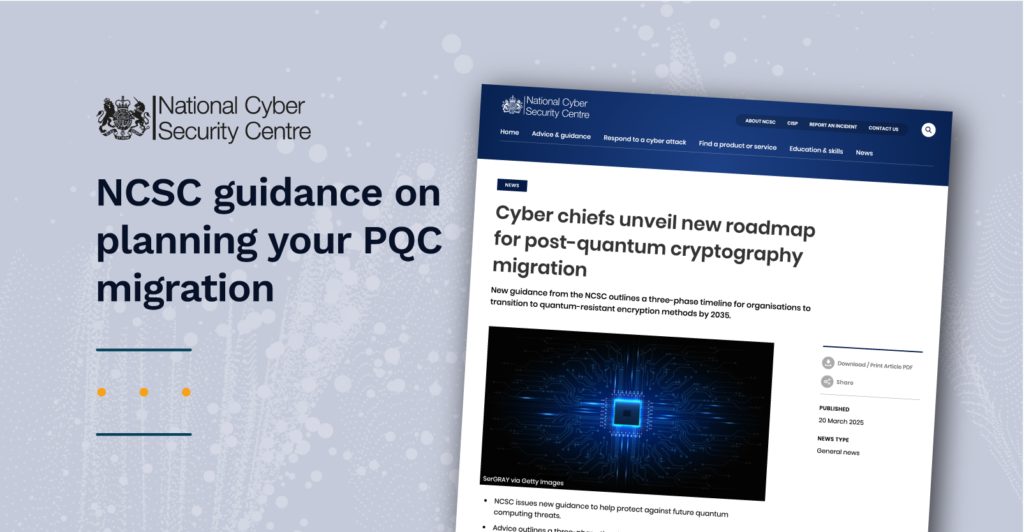
The UK’s National Cyber Security Centre (NCSC) has released detailed guidance for organizations planning to migrate to post-quantum cryptography (PQC), establishing a phased national roadmap that stretches through 2035. The guidance outlines clear milestones and emphasizes the importance of integrating PQC planning into broader cyber resilience strategies.
The document, Timelines for Migration to Post-Quantum Cryptography, outlines a three-stage process. By 2028, organizations are expected to complete cryptographic discovery across their IT and operational infrastructure and produce a migration strategy. By 2031, they should have completed high-priority PQC upgrades and refined their implementation roadmap. The final phase, targeting 2035, calls for the full replacement of traditional public-key cryptographic systems with PQC, aligned with the maturity of standards and infrastructure.
This migration effort is motivated by the well-documented threat posed by future large-scale, fault-tolerant quantum computers, which could break widely deployed asymmetric encryption systems. The NCSC’s strategy treats PQC migration as a complex, multi-year cybersecurity modernization effort, encouraging organizations to use the opportunity to simplify legacy systems and improve supply chain visibility.
The guidance distinguishes between sectors. Financial services, telecoms, and internet-facing platforms are expected to lead early adoption due to alignment with global standards bodies and the availability of PQC-ready protocols. In contrast, sectors with entrenched industrial control systems (ICS) or long-lived IoT devices face more complex timelines and infrastructure challenges.
The NCSC has also stressed the importance of cryptographic agility, noting that most systems will need to support both classical and PQC algorithms during the transition period. A successful migration, it says, hinges on good asset management, supplier coordination, and phased implementation validated by robust testing.
Although the migration is expected to take a decade, the NCSC cautions that preparatory work—including asset discovery, PKI strategy, and engagement with vendors—should begin now. To help signal demand and accelerate vendor readiness, it recommends that organizations issue formal PQC migration statements outlining scope, timelines, and intended standards compliance.
This initiative follows NIST’s 2024 standardization of ML-KEM, ML-DSA, and SLH-DSA algorithms and aligns with anticipated PQC integration into TLS, X.509, and broader cryptographic ecosystems by 2027–2028.
Read the official blog post here and full guidance here.
March 30, 2025

